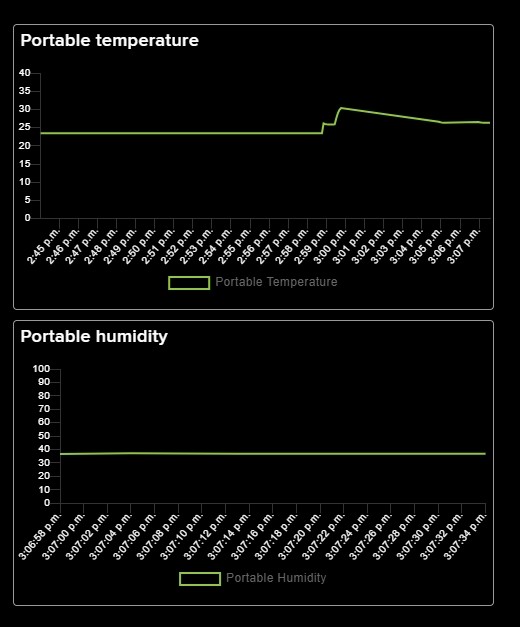Portable Temperature, Humidity, and Pressure Sensor Using Raspberry Pi Pico W
on
Looking for a fun weekend project? Michael Horne showcased his creation of a portable, battery-powered temperature, humidity, and pressure sensor. It utilizes a Raspberry Pi Pico W and components such as the Pimoroni Pico Display Pack and BME280 Breakout:

The assembly process involved careful soldering and planning, including the creation of a “sandwich” with the Display Pack, the Pico Proto, and the Pico W. Like any decent maker challenge, issues were encountered and challenges were overcome, such as a minor mistake with the I2C connections and a wire mishap that initially caused the sensor to fail to initialize.
Horne programmed the device using MicroPython, standing heavily on existing code from Pimoroni, and even integrated MQTT message publishing with Adafruit IO for visual data representation. The code is available on GitHub for anyone interested in replicating or contributing to the project.

The finished product offers a real-time graphical display of temperature, humidity, and pressure readings, with the possibility of future integration into IoT services for remote monitoring. Check out the video demonstration of the project, which gives insight into the assembly and functionality of the device:
Michael Horne’s blog post detailing the project can be found here, where readers can dive deeper into the building process, coding, and see the final result in action.
As always, if you’ve created something cool like this, let us know on our Elektor Labs platform. You could be published next!


Discussion (0 comments)